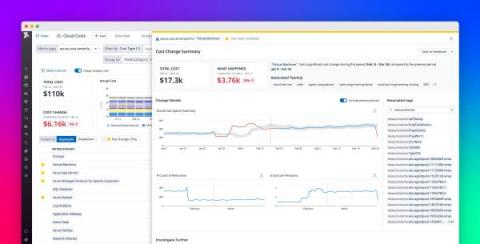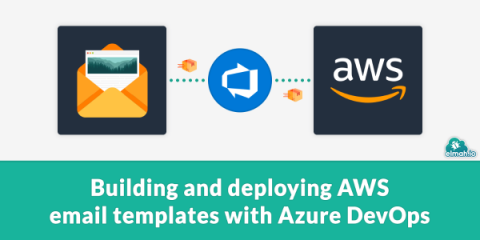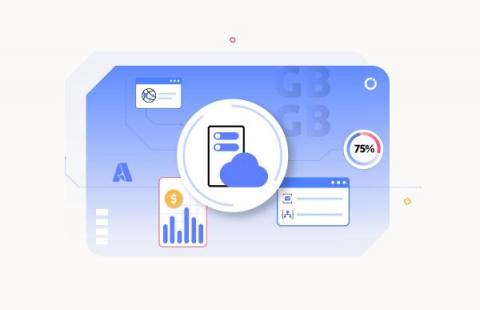Microsoft Azure: Unleashing the Potential of Cloud Computing
Microsoft Azure is often hailed for its “limitless potential” and “unlimited possibilities”. But what does that mean in practical terms? How can Azure transform your business operations and why is it worth your attention? In this article, we’ll delve into these questions and illustrate the value of Azure through four key applications that can enhance your business operations and provide tangible benefits.











